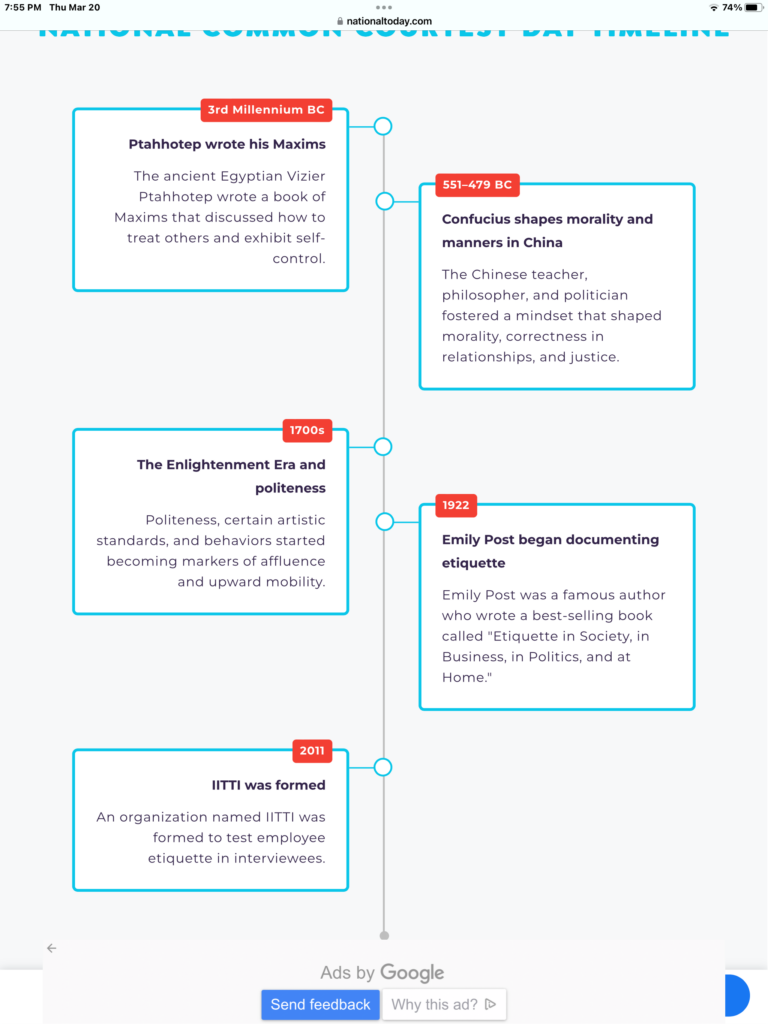SCOTUS’ Refusal To Rein In Rogue Lower Courts Has Become A Disturbing Pattern
Breccan F. Thies for The

Lower court federal judges across the country are standing athwart the American people’s will to allow the Trump administration’s to cut government programs and deport violent gang members from the country. But these unelected judges have a long-running pattern of clinging to their status quo, even in defiance of the Supreme Court, because the high court refuses to rein them in.
The Supreme Court has the responsibility to make sure its subsidiary courts follow its directives — often by taking more cases, and making their precedent unambiguous. Arrogant, active, and open defiance on some of the most important issues, however, has been the norm from these lower courts for years, and a majority on the high court has persistently refused to stop them.
The judicial coup is thwarting the American people, and the agenda they voted for, in two ways: By blocking actions from the Trump administration upon which they have no business weighing, and not enforcing Supreme Court precedent they believe to be inconvenient or controversial, but are important to Americans like abortion, affirmative action, and election integrity.
Recent uproar about the judiciary started when Justice Amy Coney Barrett was the deciding vote joining the liberal justices in declining to hear a case that saw a lower court ruling force the Trump administration to pay $2 billion in foreign aid that it had halted. Chief Justice John Roberts, to no one’s surprise, joined them as well, and the court failed to meet the five-vote threshold needed to hear the appeal.
Then, most recently, a U.S. District Court judge, James Boasberg, in an unprecedented move, attempted to halt the deportation of alleged terrorists and gang members. Roberts dutifully defended him after Trump called for Boasberg’s impeachment.
But the judiciary suffers from more than rogue low-court judges believing they have the power to stop the executive branch when it does something the American people voted for: The Supreme Court has decided that it won’t even force the lower courts to abide by its own rulings.
“The Court routinely declines to say ‘see, we really meant it.’ They issue their ruling and call it a day,” South Texas College of Law professor Josh Blackman told The Federalist. “The Supreme Court has issued many landmark rulings, but lower courts resist those rulings. Unless the Supreme Court intervenes the lower courts will continue to resist.”
The framework has left a weak web of tentative precedent, and at least two justices — Clarence Thomas and Samuel Alito — know it, too.
Take Dobbs v. Jackson Women’s Health Organization — the case that overturned Roe v. Wade and returned regulation for abortion to elected officials — for instance. In a 2025 case, Coalition Life v. Carbondale, Thomas explicitly called out the court’s majority for refusing to take a case that could have finally overturned a 2000 precedent in Hill v. Colorado that is completely antithetical to the First Amendment, regarding abortion.
“Following our repudiation in Dobbs, I do not see what is left of Hill. Yet, lower courts continue to feel bound by it. The Court today declines an invitation to set the record straight on Hill’s defunct status,” Thomas wrote in a dissent. “Our latest word on Hill — expressed in a majority opinion joined by five Members of this Court — is that the decision ‘distorted [our] First Amendment doctrines.’ If Hill’s foundation was ‘deeply shaken’ before Dobbs, the Dobbs decision razed it.”
According to Thomas, the Court had spent years chipping away at Hill, which upheld a Colorado law restricting peaceful speech within 100 feet of an abortion facility, but despite that clear track record of undercutting that decision, which has been described by the Court on separate occasions as an “‘absurd,’ ‘defunct,’ ‘erroneous,’ and ‘long-discredited’ ‘aberration’ from the rest of our First Amendment jurisprudence,” lower courts are still using it to encroach on the speech rights of peaceful protesters and religious persons praying outside clinics.
Hill’s errors were numerous. Whether Colorado’s law applies to a given speaker undeniably turns on “what he intends to say.” “A speaker wishing to approach another for the purpose of communicating any message except one of protest, education, or counseling may do so without first securing the other’s consent.” Nevertheless, the Court deemed the law content neutral on the theory that it does not prohibit a particular viewpoint or a particular subject matter. But, this Court had never — and since Hill, has never — taken such a narrow view of content-based speech restrictions. Buffer zones like the one at issue in Hill are “obviously and undeniably content based.”
“This Court has not uttered the phrase ‘we overrule Hill.’ For that reason, some lower courts have felt compelled to uphold Hill-like buffer zones around abortion clinics,” Thomas wrote. “This case is another prime example of that trend, and ‘[o]ne can hardly blame [lower courts] for misunderstanding’ when ‘[w]e [have] created … confusion.’ We are responsible for resolving that confusion, and we should have done so here.”
Alito pointed out the issue in another case that would have given the Court a chance to double down on Dobbs, where lower courts were clearly not following its precedent.
The Court’s majority again refused to take a case wrongly decided by lower courts, when the Biden administration attempted to fine a Medicare-funded work-around for Dobbs, forcing hospitals in Idaho, which had outlawed almost all abortions, to perform them anyway.
“Shortly before Idaho’s law took effect, President Biden instructed members of his administration to find ways to limit Dobbs’s reach,” Alito wrote in a dissent for Moyle v. United States. “Apparently, the Court has simply lost the will to decide the easy but emotional and highly politicized question that the case presents. That is regrettable.”
It’s not just abortion, it’s Second Amendment rights as well. Lower courts repeatedly waged war against DC v. Heller, the Supreme Court precedent that struck down a law that banned handgun ownership in Washington, D.C., and clarified that the Second Amendment does not just protect a right to self defense for militia purposes.
In a 2018 case that would have allowed the Court to enforce its own precedent, the Court ran away, and had done so for years, Thomas wrote in yet another dissent slamming lower courts for defying the high court.
“Our continued refusal to hear Second Amendment cases only enables this kind of defiance. We have not heard argument in a Second Amendment case for nearly eight years … If this case involved one of the Court’s more favored rights, I sincerely doubt we would have denied certiorari,” Thomas said before listing other rights that the Court would have taken cases on. “The Court would take these cases because abortion, speech, and the Fourth Amendment are three of its favored rights. The right to keep and bear arms is apparently this Court’s constitutional orphan. And the lower courts seem to have gotten the message.”
Recent examples are endless. On issues of major importance, ranging from state and federal vaccine mandates and a ban on singing in church, to gerrymandering and blocking the counting of undated mail-in ballots, to affirmative action and banning restaurants from showing children “adult live performances,” to forcing doctors to perform abortions (even after Dobbs) and regulating “ghost guns,” and much more, a minority of justices (mostly Alito, Thomas, and Gorsuch, and occasionally Kavanaugh) have said they would hear cases on the emergency docket, but Barrett, Roberts, and the liberals join forces to block the Supreme Court from taking them.
The Court used to enforce its precedent, like when lower courts attempted to defy Brown v. Board of Education and its mandate to racially integrate schools. It used to do it because it has always been part of the job — precedential decisions are not ‘one-and-done’ adventures. They will need clarification, parameters set, or clarity for lower courts to tell them the high court meant what it said.
At least one federal judge, James C. Ho of the Fifth Circuit Court of Appeals, has publicly diagnosed at least part of the problem with the court refusing to take cases: A debilitating lack of fortitude among a vast array of federal judges.
In a 2023 speech at the Heritage Foundation, Ho said many federal judges are afraid to make tough decisions, or take tough cases, because they are afraid of public backlash for making the right decision:
If you plan to be faithful to the Constitution in every case, no matter how unpopular that may be, gold stars are not in the cards for you. But that’s the job. Judges don’t swear an oath to uphold the Constitution part of the time: We swear an oath to uphold the Constitution all of the time.
If you’re an originalist only when elites won’t be upset with you—if you’re an originalist only when it’s easy — that’s not principled judging. That’s fair-weather originalism. We’re not binding ourselves to the text if we only follow it when people like the result.
“When you look at the résumé of a typical federal judge, you often see a bunch of fancy credentials,” Ho added to the argument in a 2024 piece for the National Review. “People who have devoted their whole lives to collecting gold stars tend to be motivated by one overarching objective: getting more gold stars. If that’s what drives you, then the threat of public scolding can be a powerful motivator.”
The “booing of the crowd,” Ho said, “is not going away anytime soon,” and if judges cannot handle it, they should probably find other work.
“But whether you take the charitable or uncharitable view, the lesson for judges is the same: As judges, it’s our duty to do our jobs and ignore the booing of the crowd. If you’re looking for gold stars, you’re in the wrong business,” he said. “You should become a judge for public service, not public applause, because if you do the job faithfully, you should expect to be either hated or ignored.”



























